Columbia College | Columbia University in the City of New York
Bookshelf
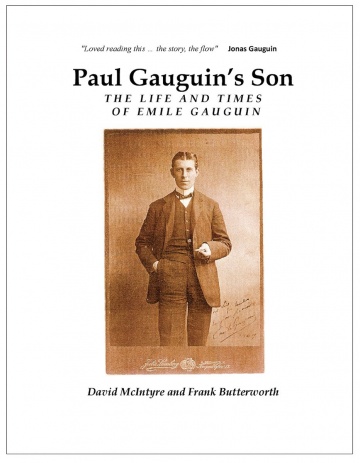
Paul Gaugin’s Son: The Life and Times of Emile Gaugin by Francis Butterworth ’57 and David McIntyre. Butterworth, formerly a professor of genetics and molecular biology, provides a comprehensive account of a son living in the shadow of his famous artist father (Saugus Books, $39.50).
Four Men Shaking: Searching for Sanity with Samuel Beckett, Norman Mailer, and My Perfect Zen Teacher by Lawrence Shainberg ’58. In this memoir, the author considers how two literary friendships and a teacher-student relationship shaped his experiences of writing and Zen practice (Shambhala, $16.95).
The Road Traveled and Other Essays by Steven Cahn ’63. Philosopher and educator Cahn offers his latest reflections on the nature of well-being, the rationality of religious belief and the aims of higher education. The title essay, the longest in the collection, offers an academic and professional autobiography (Resource Publications, $17).
The Second Founding: How the Civil War and Reconstruction Remade the Constitution by Eric Foner ’63. The Pulitzer Prize-winning scholar outlines the history of three constitutional amendments that built equality into America’s foundation, and how those guarantees have been shaken over time (W.W. Norton & Co., $26.95).
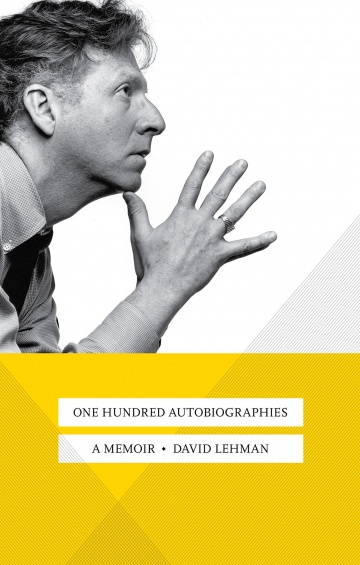
One Hundred Autobiographies: A Memoir by David Lehman ’70. While undergoing painful chemotherapy and surgery for cancer, Lehman aims to make sense of his mortality by composing a life story from 100 short reflections (Cornell University Press, $22.95).
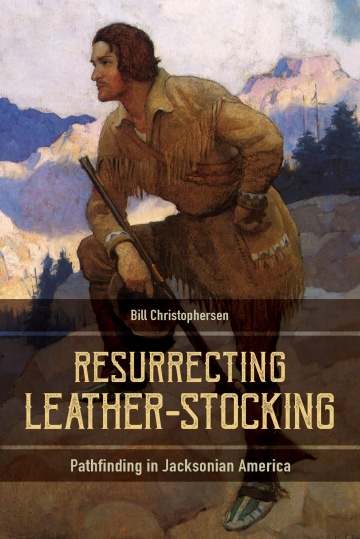
Resurrecting Leather-Stocking: Pathfinding in Jacksonian America by Bill Christophersen ’71. The author argues that James Fenimore Cooper’s Leather-Stocking frontier tales, though fictional, highlighted real problems plaguing 19th-century America and also suggested a path forward (University of South Carolina Press, $59.99).
Graphic Music Analysis: An Introduction to Schenkerian Theory and Practice by Eric Wen ’74. Wen guides students of musicology, theory and composition through the process of creating graphic representations of music, giving more than 650 musical examples (RL Publishing, $85).
John O’Hara: Four Novels of the 1930s edited by Steven Goldleaf ’76. In one volume, four novels about the pursuit of pleasure and status in Jazz Age America, from the author who has been called “the real Fitzgerald” (Library of America, $40).
Exile Home by Mark Statman ’80. Poet Pablo Medina says of Statman’s newest book: “The father poem, ‘Green Side Up,’ is a triumph of courage and poetry and love. From it the manuscript opens like a flower of multiple petals” (Lavender Ink, $17.95).
Dockworker Power: Race and Activism in Durban and the San Francisco Bay Area by Peter Cole ’91. Workers in the world’s ports are often missed in commentary on today’s globalizing economy. Cole brings their experiences to light in a comparative study of Durban, South Africa, and San Francisco, Calif. (University of Illinois Press, $35).
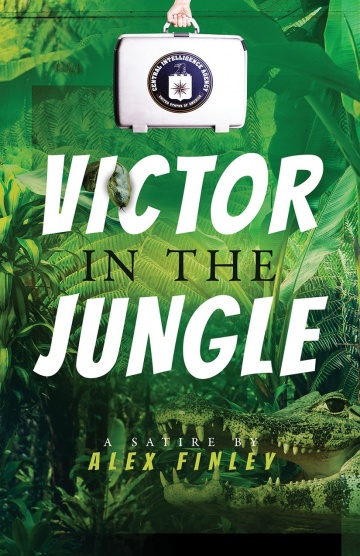
Victor in the Jungle by Alex Finley ’94. The pseudonymous author, a former CIA officer, continues the satiric adventures of case officer Victor Caro, now on assignment with his family in South America (Smiling Hippo Press, $14.99).
The Rise of the Working Class Shareholder: Labor’s Last Best Weapon by David Webber ’95. Webber, a law professor at Boston University, describes how worker organizations can wield the power of pension funds against corporate exploitation (Harvard University Press, $35).
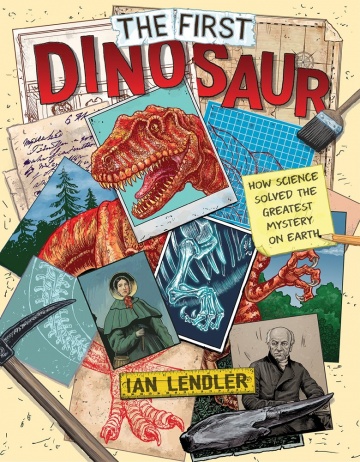
The First Dinosaur: How Science Solved the Greatest Mystery on Earth by Ian Lendler ’96. The idea that giant creatures roamed Earth millions of years before humans was once unfathomable; Lendler’s book for young readers recounts the fossil discoveries and advances in science that led to the knowledge that dinosaurs existed (Margaret K. McElderry Books, $24.99).
The Passion Projects: Modernist Women, Intimate Archives, Unfinished Lives by Melanie Micir ’03. A look at how modernist women writers such as Virginia Woolf used biographical writing to resist their exclusion from literary history (Princeton University Press, $29.95).
Beyond the Boulevards: A Short Biography of Pondicherry by Aditi Sriram ’07. Sriram, a writing professor at Ashoka University, traces the historical, cultural and spiritual evolution of the South Indian coastal city of Pondicherry (Aleph Book Company, $16.99).
How to Fight Anti-Semitism by Bari Weiss ’07. The New York Times writer delivers an urgent wake-up call to all Americans, exposing the alarming rise of anti-Semitism in this country and explaining what we can do to defeat it (Crown, $20).
— Jill C. Shomer
Issue Contents
Published three times a year by Columbia College for alumni, students, faculty, parents and friends.
Columbia Alumni Center
622 W. 113th St., MC 4530, 6th Fl.
New York, NY 10025
212-851-7852
cct@columbia.edu
Columbia Alumni Center
622 W. 113th St., MC 4530, 4th Fl.
New York, NY 10025
212-851-7488
ccalumni@columbia.edu

